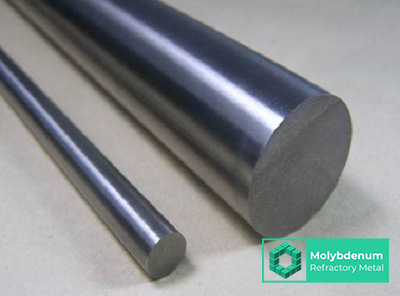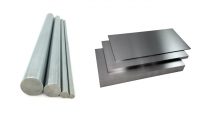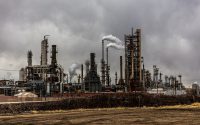TZM: Titanium Zirconium Molybdenum Alloy
Introduction
The refractory metal Molybdenum has several alloys. Molybdenum Alloy refers to those alloys made of molybdenum and other metal elements consisting of non-ferrous alloys, the main alloy elements are nickel (Ni), copper (Cu), titanium (Ti), zirconium (Zr), hafnium (Hf), tungsten (W) and rare earth elements.
The added alloy elements not only comes from the solid solution strengthening effect of molybdenum alloys, low-temperature ductility of the alloy to maintain, but also to form a stable carbide dispersed phase, improve tensile strength and recrystallization temperature.
The main way of strengthening molybdenum alloy is a solid solution hardening, precipitation hardening and work hardening. Plastic processing can be obtained by molybdenum alloy sheet, strip, foil, tubes, rods, wire and profiles, but also improve their strength and improve low-temperature ductility.
TZM (titanium, zirconium, molybdenum) Alloy
Molybdenum’s prime alloy is TZM (titanium, zirconium, molybdenum). This alloy contains 99.2% min. to 99.5% max. of Mo, 0.50% Ti and 0.08% Zr with a trace of C for carbide formations. TZM offers twice the strength of pure moly at temperatures over 1300’C. The recrystallization temperature of TZM is approximately 250’C higher than moly and it offers better weldability.
The finer grain structure of TZM and the formation of TiC and ZrC in the grain boundaries of the moly inhibit grain growth and the related failure of the base metal as a result of fractures along the grain boundaries. This also gives it better properties for welding. TZM costs approximately 25% more than pure molybdenum and costs only about 5-10% more to the machine. For high strength applications such as rocket nozzles, furnace structural components, and forging dies, it can be well worth the cost differential.
TZM is available in sheet and rod form in basically the same size range as moly with the exception of thin foil. Rembar is experienced in the fabrication of TZM. Refer to the separate TZM sheet.
Other Molybdenum Alloys
Molybdenum/30% Tungsten
This is another molybdenum alloy that offers unique properties. It was developed for the zinc industry.
This alloy resists the corrosive effects of molten zinc. Mo/30W has also proved effective in rocket nozzles and has the potential of offering enhanced performance in applications where any erosive effects are a factor.
Molybdenum/30% Tungsten
This alloy offers the strength of moly with the ductility and weldability of rhenium. It is a costly alloy and it is only available in a very limited size range. It offers significant advantages in thin foil applications for high-temperature delicate parts, especially those that must be welded.
Note that, although this alloy is nominally 47% rhenium, it is customarily referred to 50/50 moly/rhenium. Other moly/rhenium alloys include moly/rhenium sheet with 47.5% and 41% rhenium. The moly/41%Re alloy does not develop sigma phase. This makes the material even more ductile after exposure to high temperatures.
Refractory Molybdenum is a member of Stanford Advanced Materials and we supply people and companies with Molybdenum all over the world. For more information, please visit our official website www.samaterials.com.




